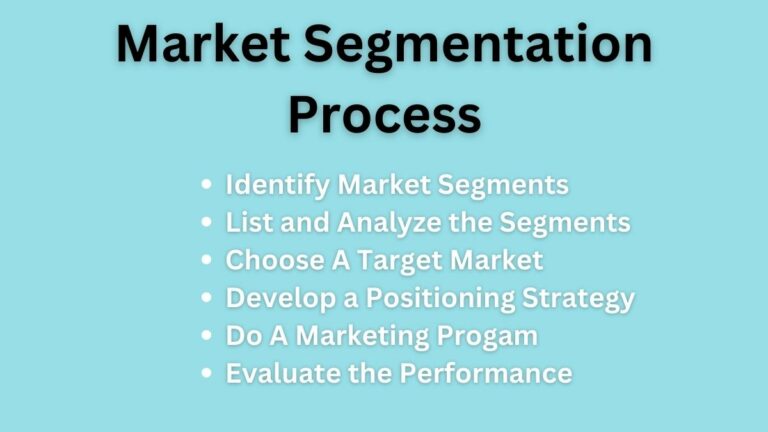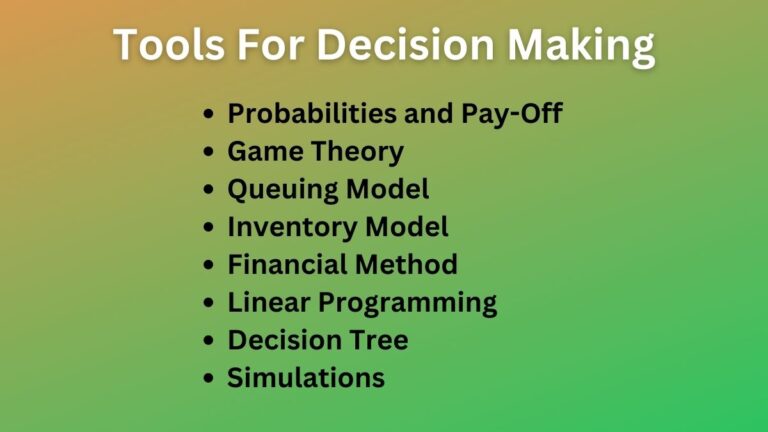What is Demographic Segmentation? Definition, Variables, Examples, and Pros/Cons
What is Demographic Segmentation?
Demographic segmentation is a market segmentation strategy in which customers are grouped based on factors like age, gender, marital status, income, ethnicity, occupation, etc.
Instead of focusing on a broad range of customer bases, you can focus on a specific customer’s demographic factor which allows your company to better understand the customer and serve them well.
Customers’ demographic variables include many and the company can target each of the variables differently. For this, it is necessary for companies to understand how demographics respond to products and campaigns so that companies can develop relevant products and marketing programs.
It is obvious that people of age between 20-25 have a different product taste than customers of age between 40-45. Similarly, the purchasing capacity of low-income people and high-income people. Understanding, every demographic segment will let your company choose the right segment.
Factors/Variables of Demographic Segmentation
Demographic segmentation is one of the types of market segmentation – others include behavioral, psychographic, and demographic. It is also one of the most commonly used segmentation methods by most companies.
The following are major variables that are included in it, within which you can choose anyone to market your products.
Age
Among all age is the most common variable in demographic factors. It represents the age ranges or life cycles of people.
It is obvious that the product taste young people have will be utterly different from that of old age people. Where you can reach young people through advertising on the Internet or social media whereas adults may prefer traditional marketing.
Different ages people’s buying habits also differ. Thus, it will be fruitful for your company to understand how different ages of people react to different products and implement the relevant marketing strategy.
Related: Geographic Segmentation
Gender
The second most common demographic segmentation factor is gender or sex. There is a huge difference in how men and women use products and respond to marketing campaigns. Or, even the third gender.
Usually, women are savvy type whereas men love to spend more money. Take an example of a motorcycle company in which bike is for men and scooter is for women that have differentiated product based on gender.
Income
You can also segment the demographic market based on people’s income. It is obvious that low-income people have low purchasing power and high-income people mostly prefer luxurious products.
If your company is making general products your target should be low and middle-income people. And, if your company makes luxury products it is better to target high-income people who seek special and luxurious service.
Marital Status
Under marital status, the market can be further segmented into three types – married, unmarried, and divorced markets. Each of these marital statuses people also have different product tastes and preferences.
Occupation
The occupation of people also largely determines what people should buy and how they look. A CEO of a company may seek to wear branded clothes and look stylish, on the other hand, the lower level employees may only choose formal dresses.
As companies offer ranges of salary to different job titles, the income of employees also determines their product’s taste and purchasing decisions.
Family Structure
Family structure also determines people’s purchasing decisions and product choices. An individual person may prioritize himself while purchasing products, whereas, a married couple may think for each other and the house.
Also Read: What is Organizational Structure?
A member of a big family may think about all the other family members. As such, a change in family dynamics also changes the needs and desires and the product or service they choose.
Ethnicity and Religion
Given the diversity of ethnic and religious groups in the world and the rise of international trade, it is crucial to take these groups into account while marketing.
Every culture has distinctive interests and preferences that may have an effect on consumer behavior and marketing responses.
Advantages and Disadvantages of Demographic Segmentation
The following are some of the pros and cons of demographic segmentation for marketing to businesses.
Advantages:
- Readily Available Information – One of the benefits of targeting demographic market segments is that there is readily available information about the people of the nation. You can easily access the government census.
- Right Target Market – With easy access to information about the population, your company can easily choose the right demographic segment that has good potential to fulfill your company goals.
- Customer Satisfaction – With the right understanding of the target market, companies can develop effective marketing strategies that best satisfy the market.
- Customer Retention – The more successfully you can identify and target your customers through demographic segmentation, the more you satisfy them, and the more people will return to make repeat purchases from you.
Disadvantages:
- Small Market – With demographic segmentation, you may target a specific market. By doing this, you may best satisfy that market, but due to its small size, the demand remains the same.
- Wrong Assumption – It assumes that, let’s say – people with the same income level have the same preferences, people with the same religion have the same preferences, and so on. But this is not always true.
- Constant Changes – People’s behavior is never constant. You can not use the same information again and again. Population changes and to get real scenarios you must gather updated information.
Read Also: Essential of Market Segmentation
Examples of Demographic Segmentation
Let’s look at some examples of how companies around the world are adopting and implementing a demographic market segmentation strategy.
Bugatti (Segmentation Based On Income)
Demographic segmenting allowed companies to target customers based on their different income levels. Bugatti is one of the renowned automobiles company that produces luxurious cars. It targets people with high incomes.
Kirrin Finch (Segmentation Based On Gender)
There has been a continuous increase in businesses catering to the needs and wishes of LGBTQ+ people as their acceptance is growing throughout the world. Despite a few early and awkward marketing mistakes, companies are becoming accepting of diversity in all its forms.
Kirrin Finch is one of many examples of progressive companies offering goods and services designed with LGBTQ+ people in mind.
WaNaHong (Segmentation Based on Cultural Background)
We can also segment customers by their cultural background like ethnicity, religion, nationality, etc.
WaNaHong is an online Asian supermarket selling primarily to Asian ex-pats living in the UK. Their website features many familiar products from China, Japan, Taiwan, and other Asian nations, and is also skewed heavily towards providing the best experience for their customers, with many headings and products described in both Chinese and English.
Read Next: The 4 Types of Market Segmentation
Sajan Kushmi is a content writer with more than 4 years of experience. He holds BIM Degree. He write on the topics related to Management, Marketing, and Entrepreneurship.






